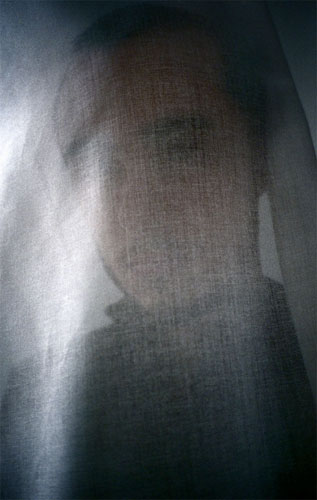Fabien Pio is a french photographer, former student at the Fine Arts school of Montpellier. His pictures are made of daily wanderings, in order to use the photographic medium as a way to write the simple things of life, like a diary, an everyday notebook. And through this, trying to evoke a cinematographic and literary language, according to an
essential place to the narrative of the pictures. This is like an autobiography,
representing oneself through the others and the things that happen to everyone,
based on a latent reality, or maybe an underlying fiction, at the same time intimate and universal, sketched between dream and reality, an everlasting ambiguity in between presence and absence.
